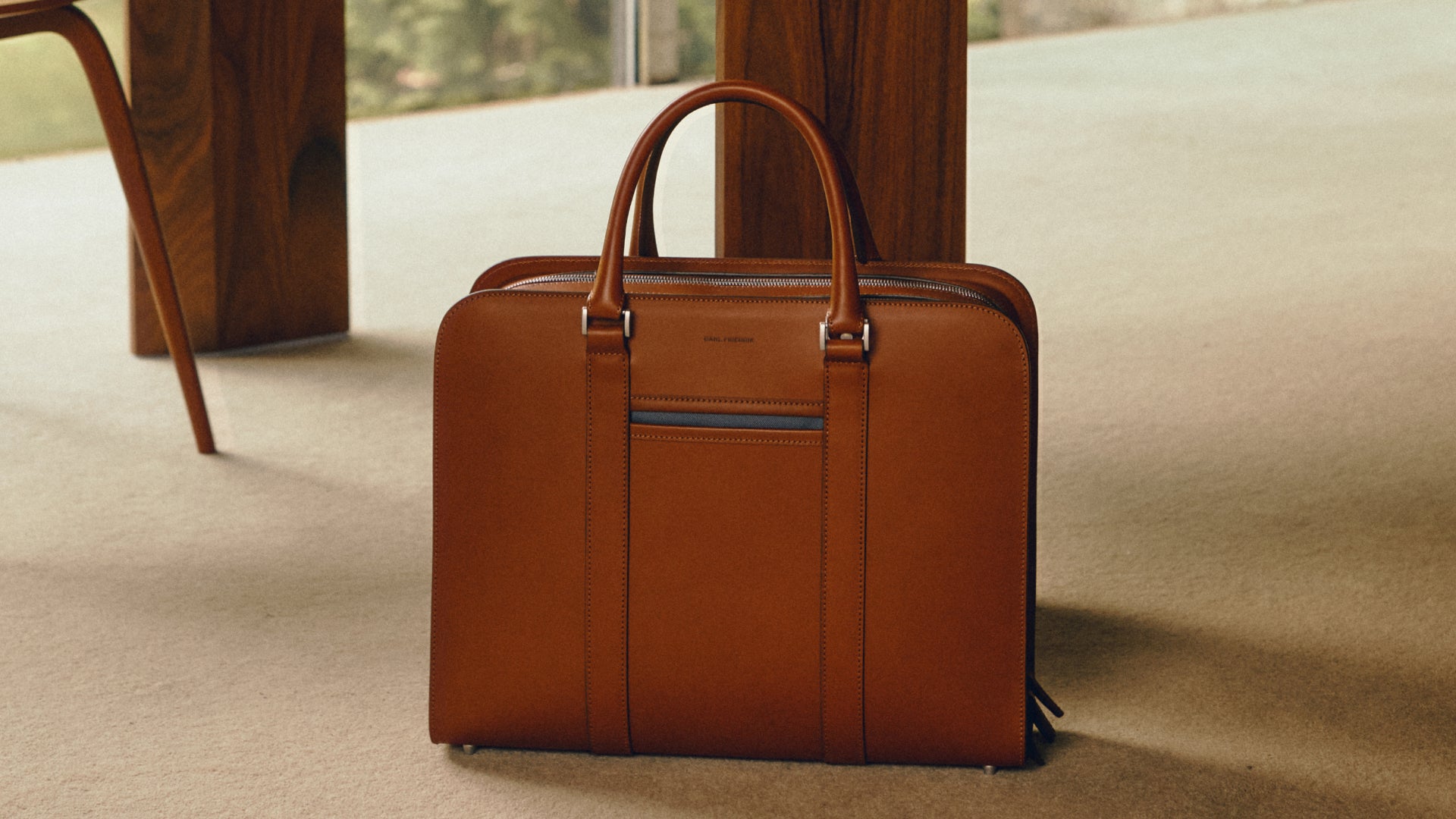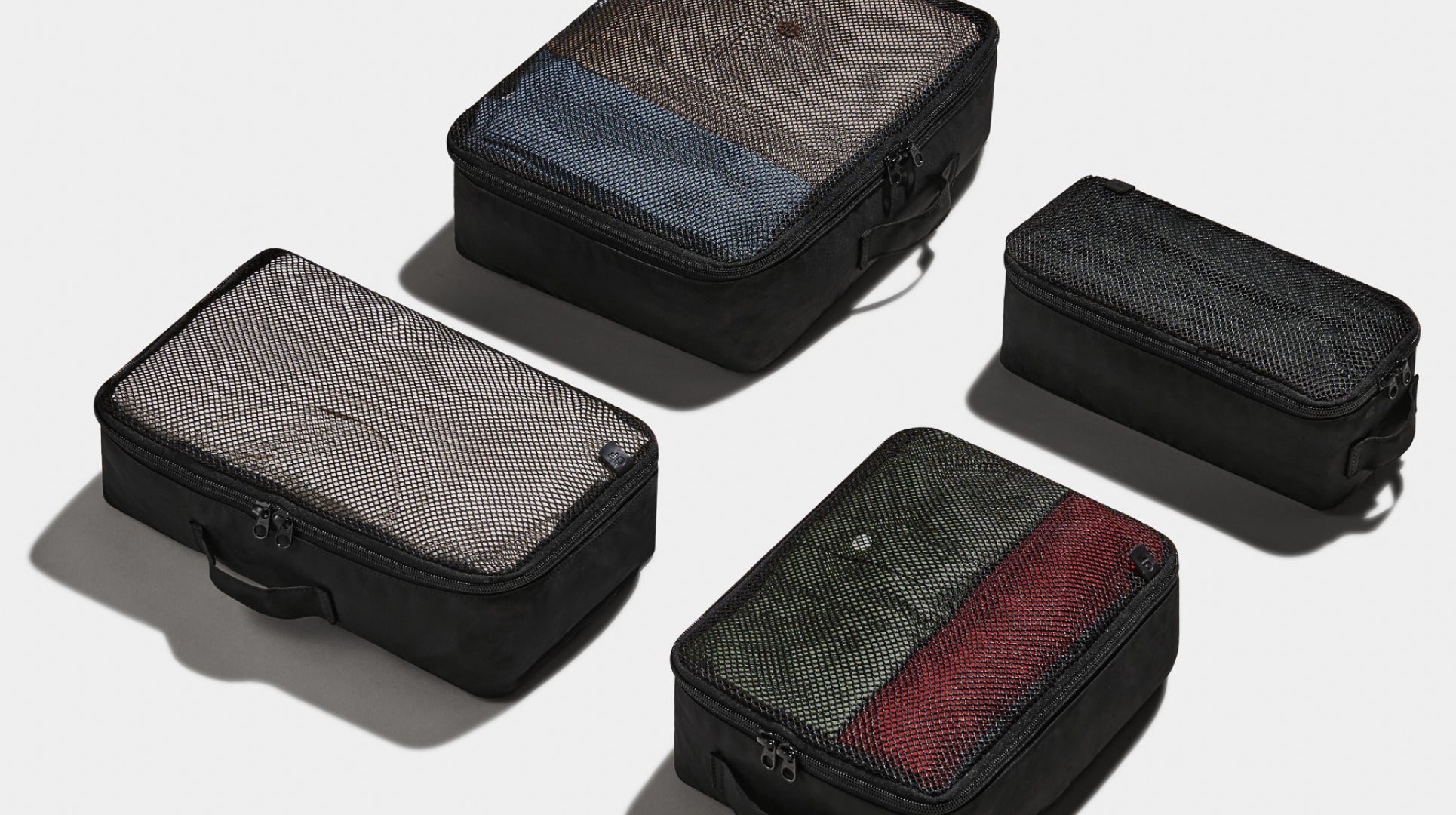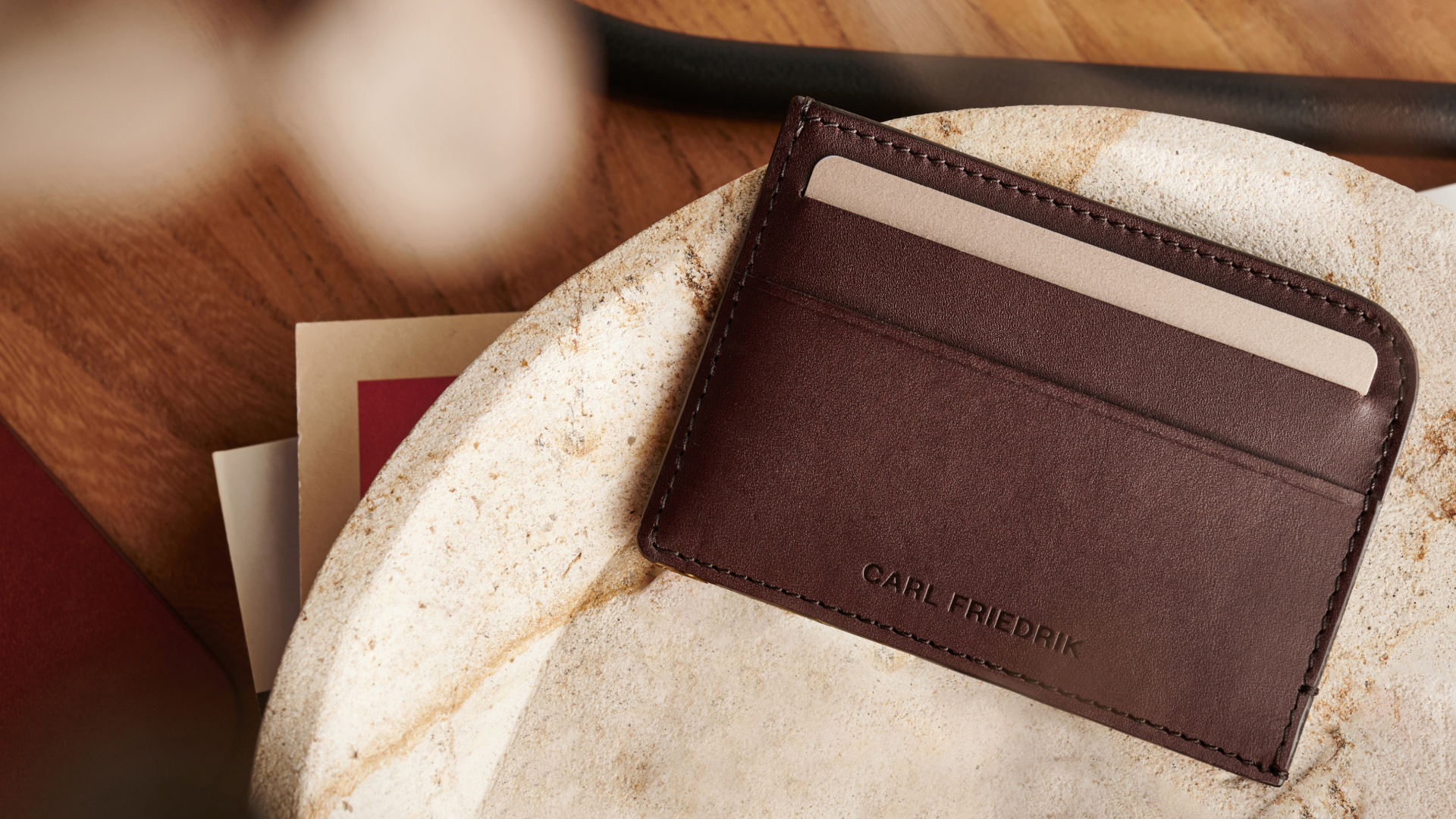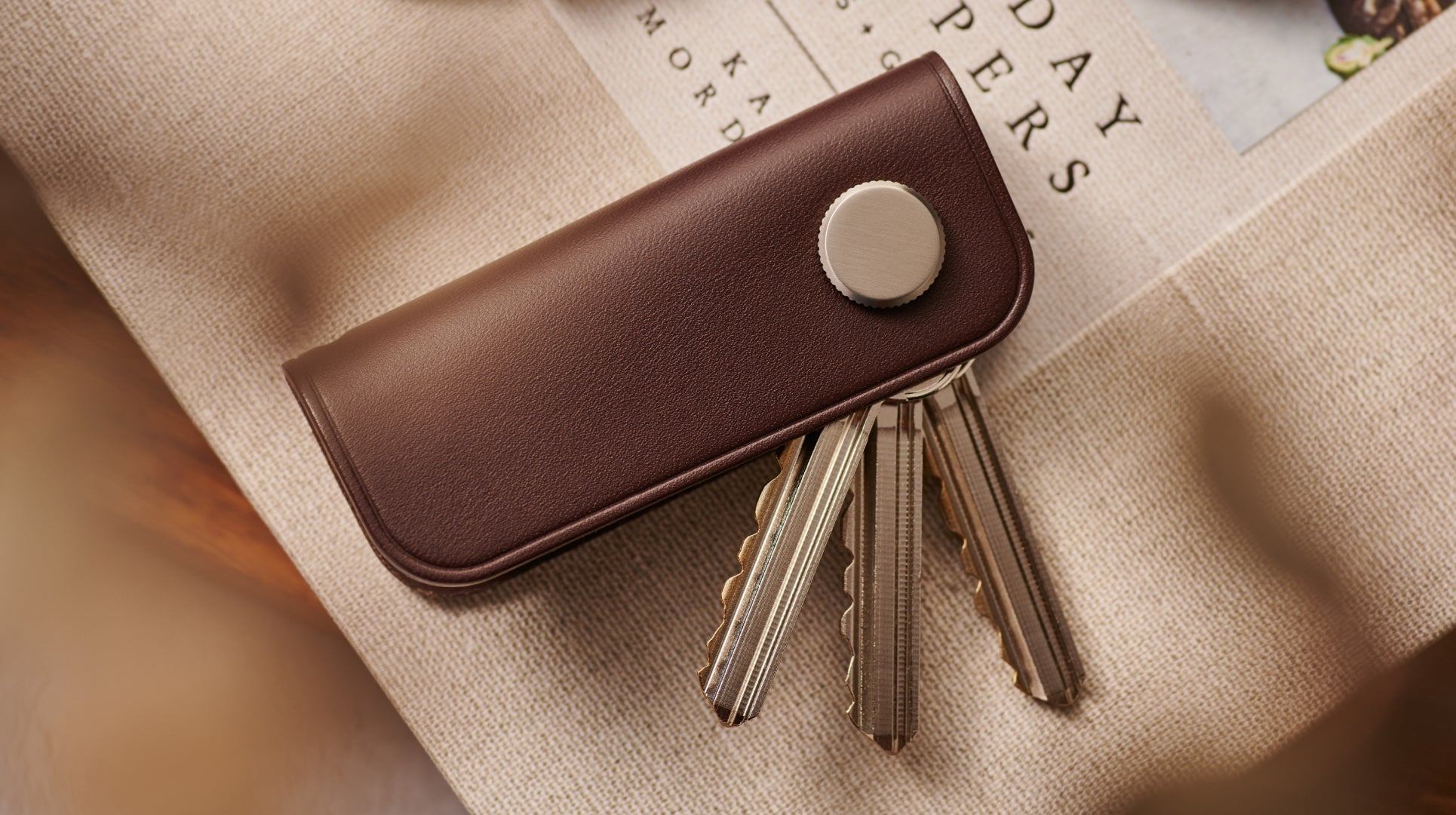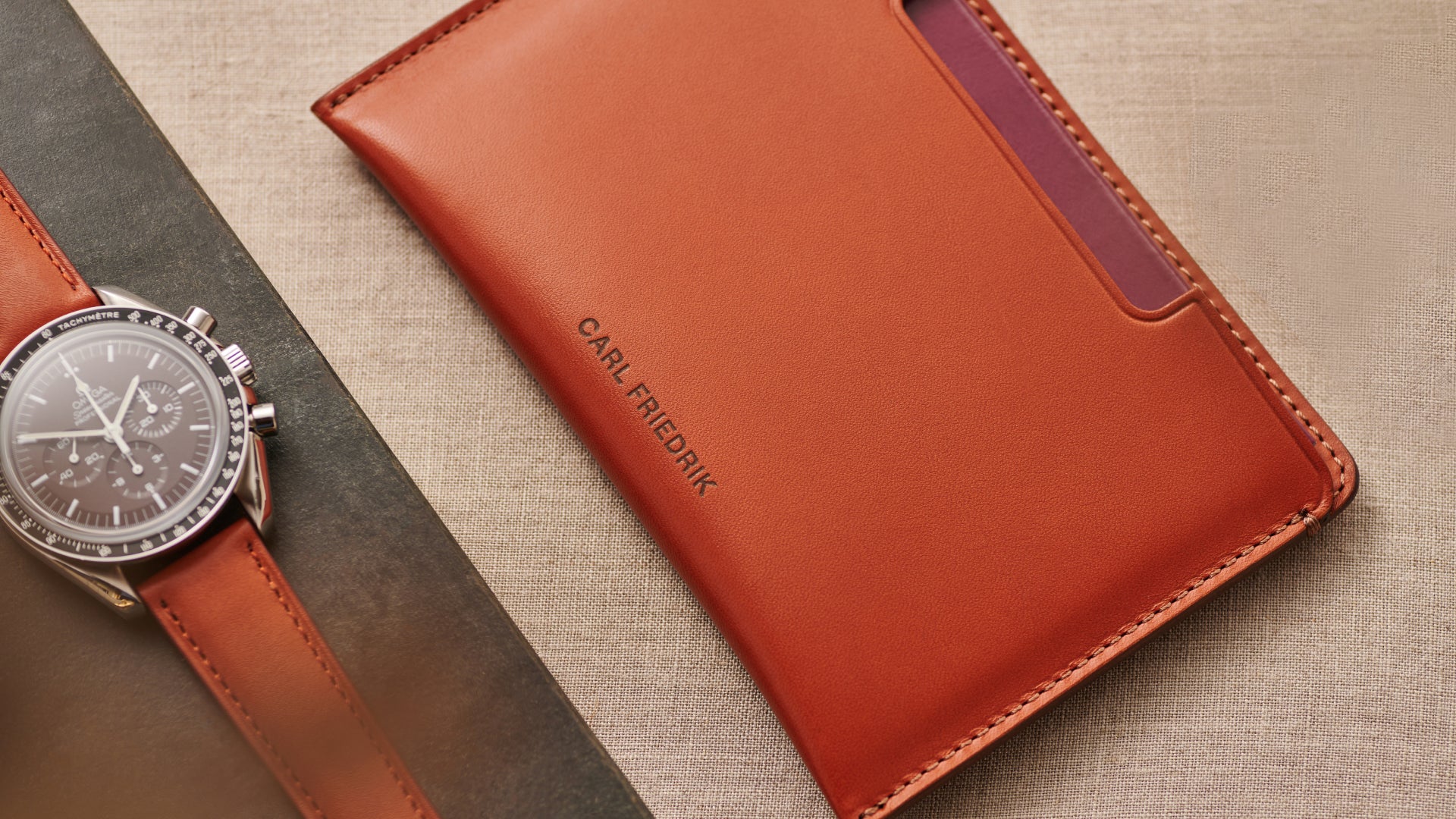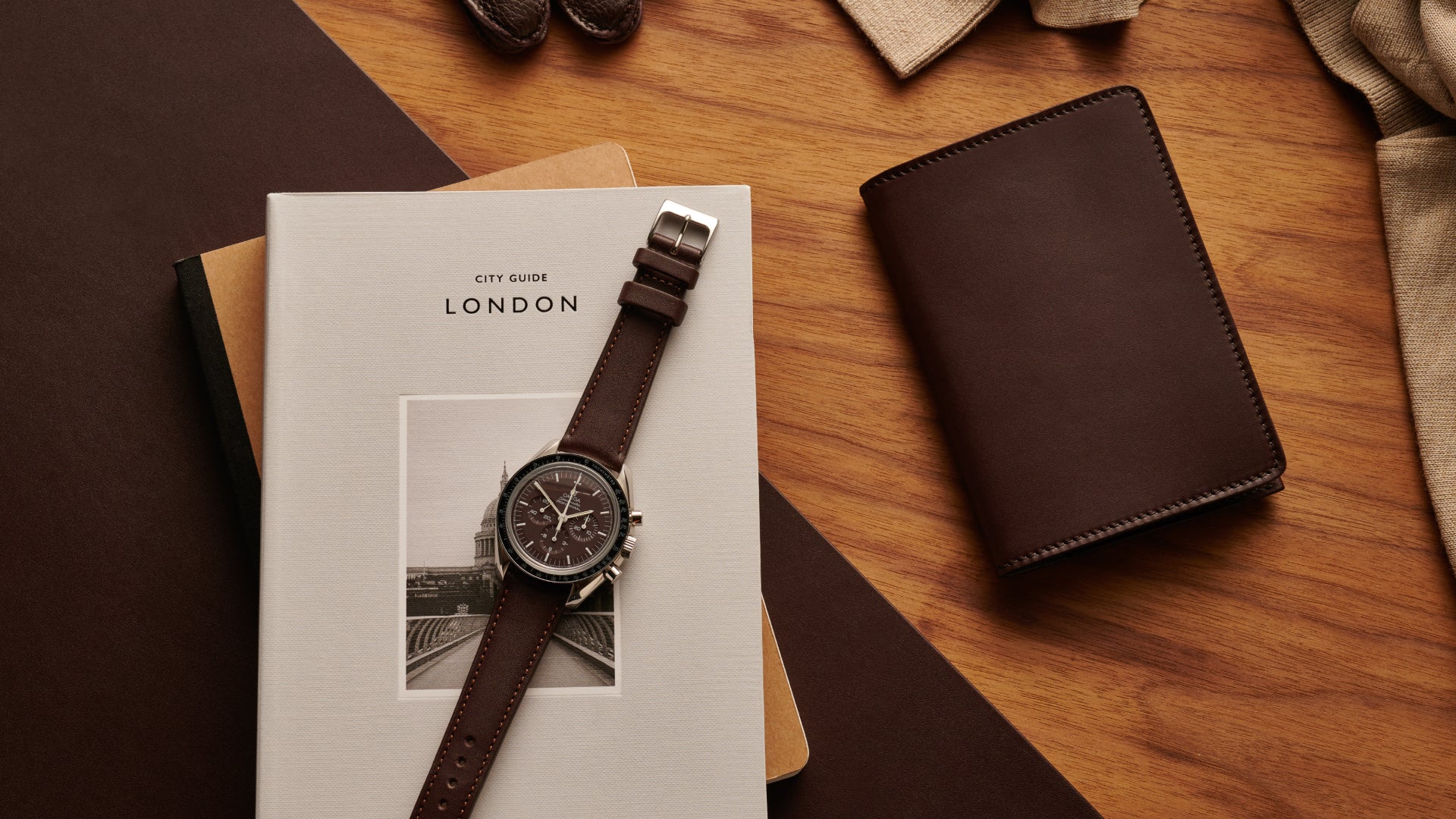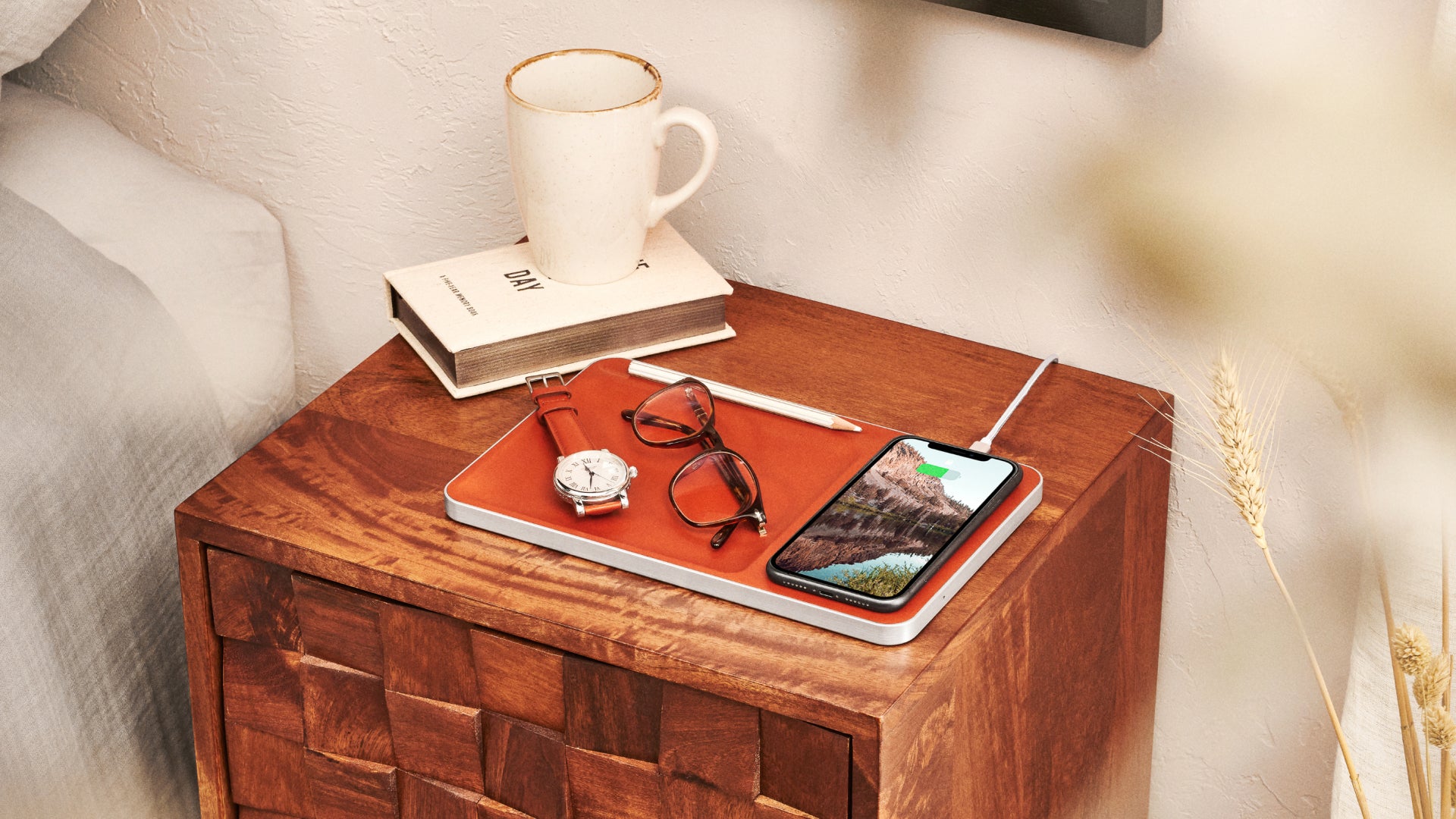Seasoned travellers know all too well the anxiety-inducing wait at the baggage claim. As time drags on and a planeload of unfamiliar suitcases spin around the carousel, one question comes to mind: has my bag been left behind?
A luggage tag could help reunite you with your precious possessions. But for that to happen, you’ve got to work out how to attach it first.
The primary purpose of this post is to unravel the mystery of how to put on a luggage tag.
We’ll also discuss the benefits of attaching a luggage tag and what information you should — and shouldn’t — write on the contact card.
What is a luggage tag?
Let’s start the article with a quick definition. A luggage tag, as the name implies, is a tag you attach to your travel bag to help people contact you should you lose it.
It’s not the same as a bag tag, which is the printed, barcode-enabled sticker the airline attaches to your suitcase at check-in. While only the airline can scan a bag tag, the luggage tag is decipherable by anyone who can read English (assuming your handwriting is legible).
Tags range from tacky plastic variations to sleek, Italian leather accessories with stylish personalised embossing. Most have a transparent cover on one side to display the interior contact card and protect it from the elements.
Do I need a luggage tag?
The short answer is yes. A luggage tag serves numerous purposes at the baggage claim and elsewhere.
The most obvious benefit is you become contactable should your suitcase go astray. While it’s true the airline luggage tag serves the same purpose, these flimsy paper strips are prone to water damage and tears, and can easily come off during transit.
Furthermore, airlines tend to place untagged hand luggage in the check-in hold when they overbook flights, making it a nightmare to track down.
The airport isn’t the only place you could lose your bag. From train stations to bus depots and ferry terminals, your suitcase could get misplaced at any transportation hub. As these facilities typically lack a sophisticated barcode scanning system, the luggage tag offers the best chance of reuniting with your suitcase.
Another bonus is the baggage tag differentiates your suitcase from the hundred others on the carousel. Unless you’ve got a unique, instantly recognisable bag, it’s all too easy to mistake your luggage for someone else’s — or vice versa. A tag lets you identify your luggage and reduces the chance of a stranger accidentally wandering off with your belongings.
Finally, a refined leather luggage tag adds a sophisticated touch to your bag. The best luggage tags offer customised embossing so you can personalise your aesthetics.
What information should I put on a luggage tag?
There are only three bits of essential luggage tag info: your name, email address and mobile phone number (including the international code).
Although some travellers like to write down their home address, this personal info entails a small degree of risk. Should a shady character get eyes on your tag, they’ll have a relatively safe target to burgle while the homeowner is away. And if you write down your home phone number, they could reverse search the digits to pinpoint your address.
Whether you include these details or not, it’s best to get a luggage tag with a cover to keep your personal information safe from prying eyes.
If you’re concerned about your bags going missing, you could add the address of your destination hotel. Write this on a removable paper sheet rather than the permanent contact card.
For extra protection, take a backup photo of your suitcase and jot down the dimensions. This fast, hassle-free step lets you provide an accurate description to the airline should they lose your bag.
Another handy tip is to place an extra contact card inside your luggage. Even the sturdiest luggage tags can snap during rough handling. An internally stored contact card can provide a useful backup.
Finally, some tech-savvy travellers are taking the extra step of slipping Apple AirTags or other GPS-tracking devices into their luggage. By pinpointing the precise coordinates of your missing suitcase, you’ll make it easier for airline staff (or you) to relocate it again.
How to put on a luggage tag
Now for the main event. We’ll show you how to attach and remove a luggage tag with this illustrated, step-by-step guide.
The first step is to tie a luggage loop into the slot of your luggage tag.
i.) Insert the loop
ii.) Put one side of the loop through the other
iii.) Pull the loop until it fits snug around the tag slot

Now it’s time to attach the other end of the luggage loop to your bag handle or strap.
i.) Slide the loop under the handle/strap
ii.) Pull the loop over the tag
iii.) Insert your tag through the loop
iiii.) Pull the loop tight and adjust as required

Should you need to remove the luggage tag, take the following steps:
i.) Pull on the loop attached to the handle/strap to loosen it and create a hole
ii.) Insert the luggage tag into the hole
iii.) Slide the luggage tag through the hole
That’s all you need to know regarding how to put a luggage tag on a suitcase or bag. No more fumbling in the mile-long check-in queue.
Carl Friedrik Luggage Tag
The sophisticated, style-conscious traveller won’t settle for a plastic tag. If you’re a discernible globetrotter who values aesthetics while in transit, we’ve got the perfect leather accessory for you.
The Luggage Tag is a sleek, customisable accessory that adds an elegant touch to your suitcase or bag. Made of premium vegetable-tanned Vachetta leather, this durable tag exudes luxury.
Choose from three distinct colours — cognac, black, and chocolate — to complement your suitcase, and even personalise it by adding your initials.
A secure, all-leather cover on the front keeps your personal information hidden from prying eyes. On the end of the luggage loop, an easy-to-attach buckle lets you instantly fix and remove the tag from your bag (no more memorising the aforementioned steps). Open the leather loop to replace the contact card as required.
Searching for a sleek new suitcase to accompany you on your jet-setting endeavours? We also have a range of feature-rich polycarbonate suitcases from carry-ons to our spacious check-in.

Takeaway
A firmly attached luggage tag can mitigate the headache of a misplaced suitcase. And in a post-COVID era marred by understaffed airport mayhem, that can only be a good thing.
However, for the uninitiated, attaching a luggage tag is a confusing knot-tying exercise that can quickly become a chore. That’s why we’ve shown you the ropes (or the luggage loops) in our illustrated, step-by-step guide.
If you can’t be bothered with the origami-like operation of putting on a luggage tag, you could opt for a stylish, easy-to-attach accessory from Carl Friedrik instead.
